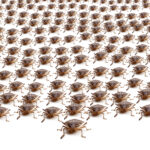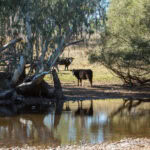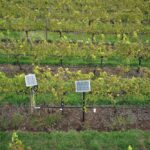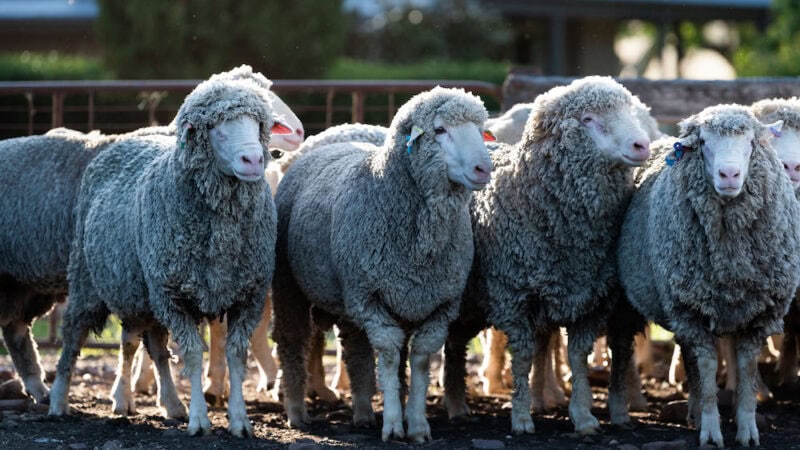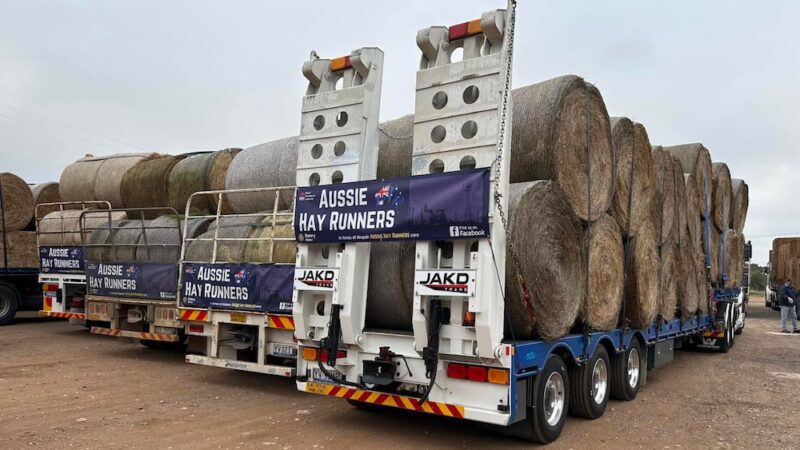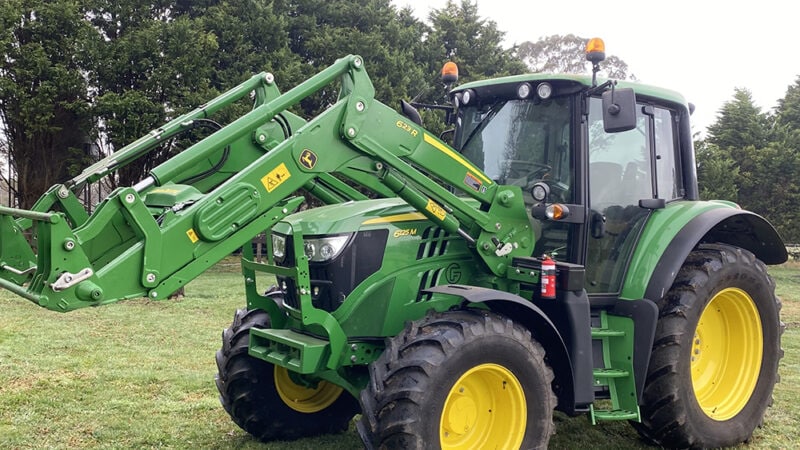We need better biosecurity at the border,” says NSW Farmers president James Jackson. “We need a…
Infrastructure boom on farms
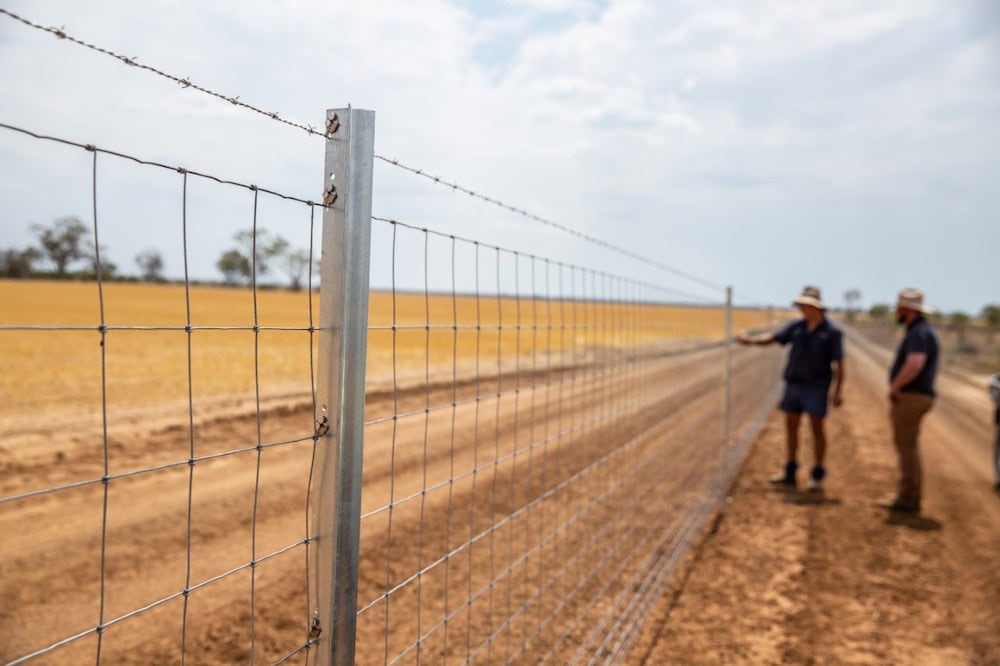
With the well-received launch of the NSW Government’s new $1 billion Farm Innovation Fund, NSW farmers can now borrow up to a maximum of $1 million per project, with a total of $1 million outstanding at any one time to build on-farm infrastructure, fencing and including stock containment areas.
Administered by the Rural Assistance Authority, the purpose of the fund is to help farmers to improve productivity, manage adverse seasonal conditions and build long term sustainability.

A Good season and great prices lead to confidence
While there is no doubt that such schemes are of huge benefits to farmers, fencing and stockyard infrastructure manufacturers have been seeing strong sales with some saying that May and June 2021 were the best months they’d ever had.
According to Clipex Australia’s Marketing Manager Louise Olsson – “With the major rainfall and more profitability in farmers’ back pockets, we are seeing more of an uptake on permanent yard solutions and increased purchases in farming infrastructure. At Beef Week and at FarmFest in Toowoomba in particular we saw strong interest and purchases being made in the permanent yard space and exclusion fencing.”
As well as a good season, Louise says that the federal government’s instant asset write-off has given farmers an incentive to invest now in tandem with incentives to invest in safety.
“The tax write-offs are making a huge impact. People are claiming them and taking advantage of them. We’re also seeing a lot more protocols and safety aspects when it comes to temporary or permanent yard systems and there are Work Cover incentives for farmers to update their yards. Farmers are taking advantage of all the benefits and offers that are out there, and that’s a really positive thing.
Clipex Australia’s Marketing Manager Louise Olsson.
“However, it goes beyond that. If you take something like our HD series work area in the cattle crush range, you can automate that process so you’re not in with cattle, not even near the cattle which means that operators are going to be a lot safer. Because technology is taking that risk out for operators, farmers are going to have a lot more longevity on the farm.”

Producers look to upgrade
National Sales Manager for Whites Rural, Matthew Stinson, echoed Olsson’s view that the good season in large parts of the state is giving farmers the confidence they need to invest and added that low interest rates were also a factor.
There’s definitely a level of confidence in the ag industry at the moment and that is driving the bulk of the spend on fencing and other stockyard infrastructure. And even though commodity prices are high, input costs are also high, so the high prices don’t necessarily convert to cash in the bank.
National Sales Manager for Whites Rural, Matthew Stinson.
“Nevertheless, having low interest rates and the confidence that there’s going to be a relatively good six to 12 months, is giving farmers the confidence to borrow the money to do the work needed to upgrade their infrastructure.
New technology and fencing trends
A trend in fencing that has been growing for some time that is continuing to gain momentum is the move away from fencing animals in, to fencing animals out.
“One of the main things that we’ve seen over the last couple of years is a lot of landholders looking to fence out feral animals,” says Matthew.
“There’s a lot more fabrication in exclusion fences in the sense that there is a lot more lines, more wires going into those fences and fences are typically on average getting higher. Especially where landholders are looking to keep out feral and native dogs. Another trend is there is a gradual shift away from the old traditional, fabricated fencing knots – hinge joint and ring lock – to newer styles of fabricated fencing knots which offer a lot more flexibility around wire configurations and so forth.”
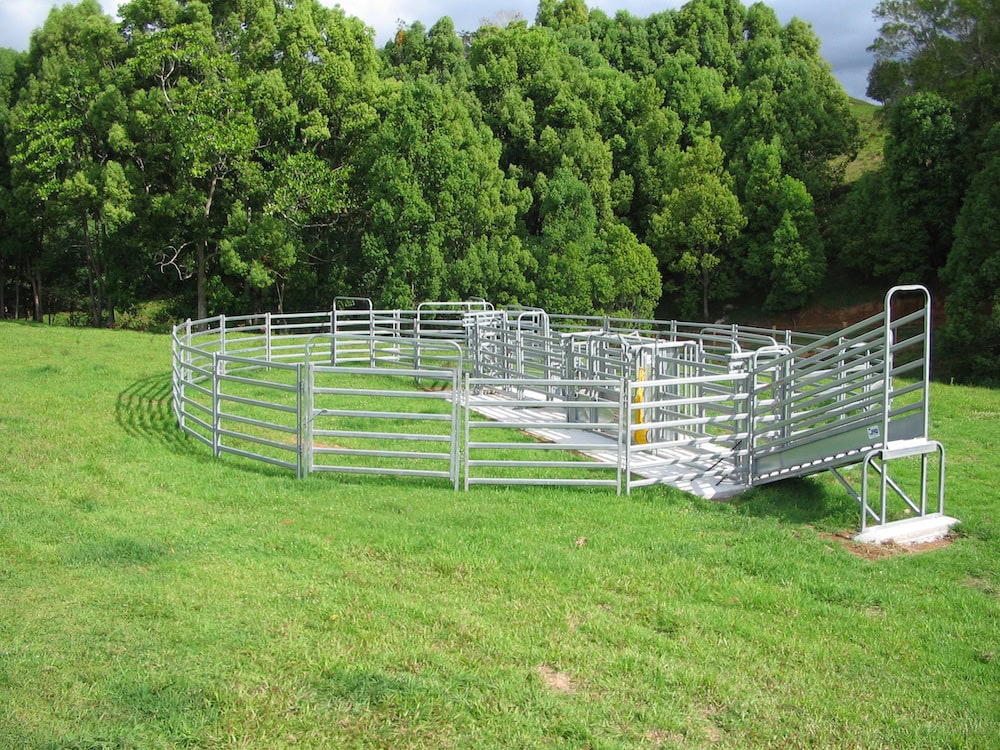
In tandem with the trend towards exclusion fencing, the cost of land is driving graziers to find ways to increase productivity on their existing property by adopting practices such as feed budgeting and Adaptive Multi-Paddock Grazing (AMPG).
Duncan Abbey, Director of Westonfence, says – “There is a definite trend towards graziers seeking to increase feed utilisation by putting in more water points and paddock sizes are typically getting smaller and smaller.”
Duncan echoed Matthew’s view that exclusion fencing is becoming more and more popular. “Exclusion fencing has very much become a trend in recent years. Partly this has been driven by the advent of large energisers which let graziers run electric fences long distances.”
R&D leading to steel longevity
Another major trend that both Louise and Matthew identified is that steel is becoming a larger component in fencing which has led to technical innovation.
“We’re seeing a lot of traditional areas where it used to be timber, are now using steel,” says Matthew. “That’s partly off the back of timber availability and costs, the cost has gone up, and the availability of quality timber has reduced.
“NSW has some extremely acidic and sodic soils. Where we’re getting those soils, the moisture and the oxygen combined with steel components tend to lead to rust.
So, we’ve gone about developing a new steel post with a with a protective barrier on the bottom to combat that and extend the lifetime of the posts.”
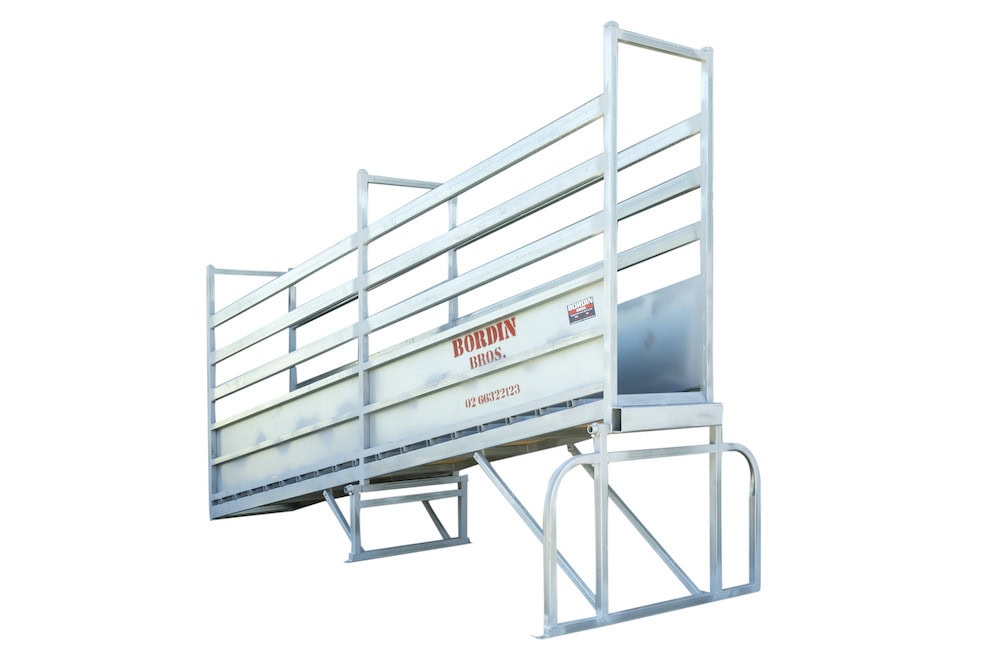
Steel stock ramps and cattle crushes emphasise safety, longevity and ease
Similarly, Clipex has identified that the weakest link of a fence was where the post went into the ground. As a result, Clipex developed the Twin Tip post which has a new coating that adds a significant amount of coating to the post which enables farmers to double the last of their fence.
Bordin Brothers Sales and Operations Manager Luke Bordin has seen investment in new stockyards increase due to the instant asset write off, good seasonal weather and increased commodity prices, however, he has also seen an uptick in demand driven by the many tree-changers.
“Our May to June period this year was really big, and there was a lot of money in the market,” he says. “The timing of this was driven by the instant asset write-off as farmers looked to update out of date facilities,” he explains.
We have also seen a lot of larger farms being broken up into 100 acres or so hobby farms, so instead of say, one 1,000-acre property with one or two sets of cattle yards, we’re seeing 10 hobby farms each with their own set of cattle yards.
Bordin Brothers Sales and Operations Manager Luke Bordin.
The Mining boom, all over again
According to Luke, demand has been so strong that it’s leading to a reluctance to commit on the part of some buyers because of issues with supply and demand.
“There is record demand and record pricing in the market which has a shortage of supply. With difficulties sourcing out of China due to COVID, some companies are quoting 12-month lead times for their products and can’t offer a fixed price because the steel market is really volatile and we’re seeing weekly price rises.
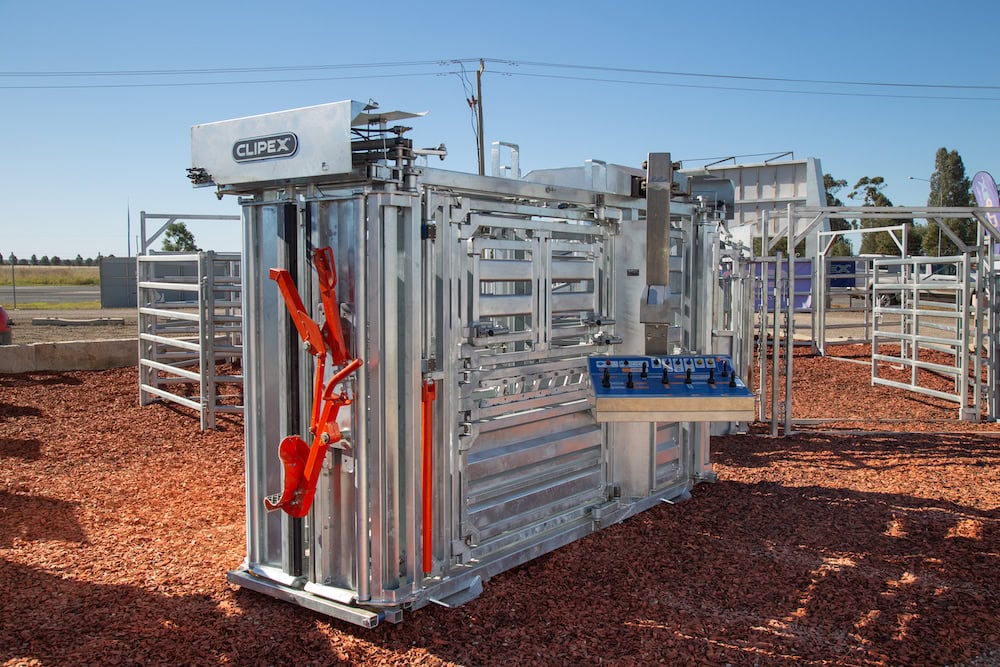
“Companies sourcing Australian steel are in a different situation in that Australian steel makers are at capacity and having trouble meeting the demands of their customers. In addition, there are types of steel that are no longer made in Australia. For example, spring steel. We can’t get spring steel in Australia, but we have our supply chain well set up and we made a call a while back to order extra stock to get us through any issues with ongoing supply.”
More than just a fence
Gallagher Westonfence is a proven, permanent electric fencing solution designed to stand the test of time and outperform legacy fencing on every measure. This versatile permanent electric fence is successfully being used by farmers across Australia for the exclusion of feral animals, including pigs, dogs, deer and kangaroos and is just as effective when used as an internal fence for sheep, cattle, goats and pigs or retrofit to existing fences to prolong their lifespan.
Farmer Malcolm Healey from Turondale in NSW reflects on the efficacy of his Gallagher Westonfence system: “Dogs were the main thing for us, but the impact that it’s had on stopping the kangaroos is unreal. There were paddocks where we used to drive out and see a hundred kangaroos, and now you battle to see one. And it stops the pigs. We actually have some feed in our paddocks these days.”
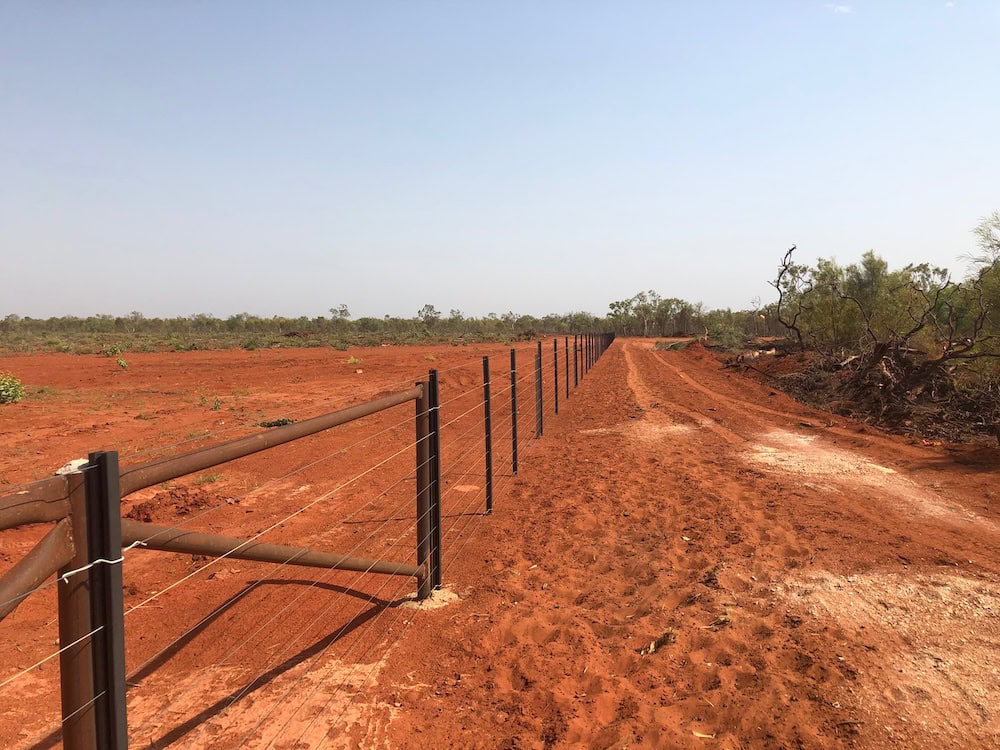
Not only can Gallagher Westonfence positively impact on farm productivity by protecting the feed base, it is also economical to monitor and maintain, and can tell you how your fence is performing and taking seconds to check, rather than hours.
Gallagher Business Development Manager Graeme Mulligan says: “With a Gallagher Westonfence permanent electric fence, your fence can talk to you. Unlike a legacy fence, performance is instantly communicated directly to your smartphone – offering you peace of mind that your valuable livestock are where they should be or that they are safe from predators.”
For Mal Healey, who constructed his Gallagher Westonfence in spots on his property he’d only ever been to once or twice, the peace of mind knowing his fence is performing as it should is priceless: “If a tree falls over it, we know that morning. Whereas with the existing fence, the tree could be over it for 12 months before we go near the fence”.
“We are that impressed with it. We’ve got a few old fences up on another block, and we’re going to pull the existing fence down there and just put Gallagher Westonfence up.”
If you enjoyed this story on fencing, you might like our feature on microgrid funding.


